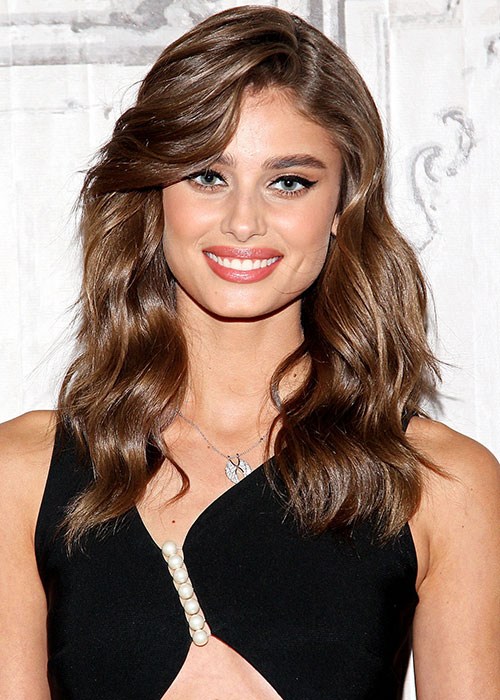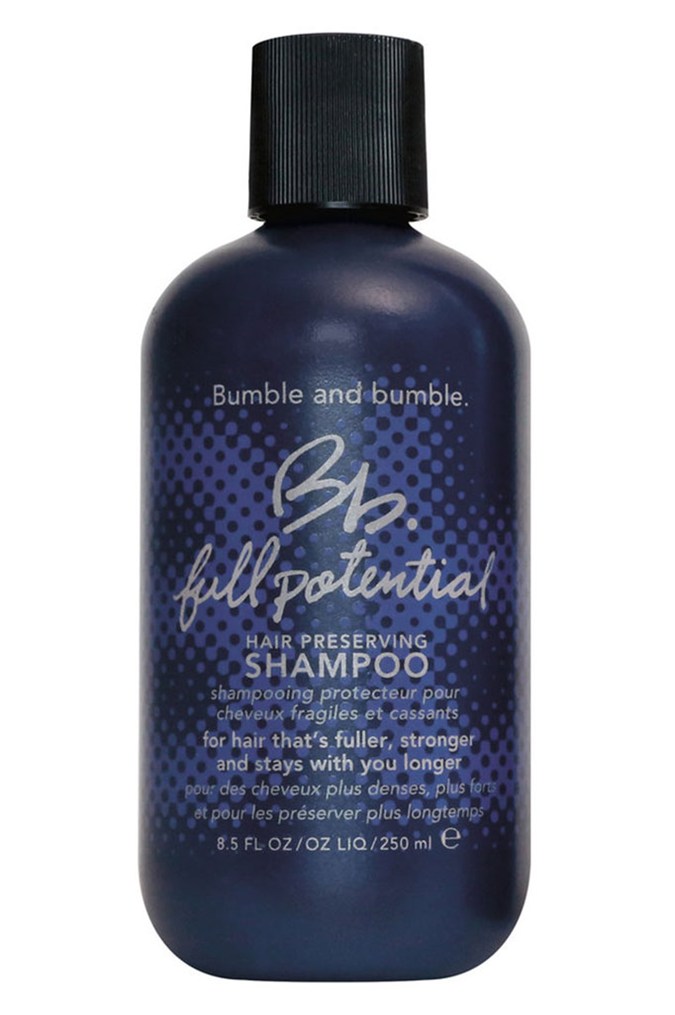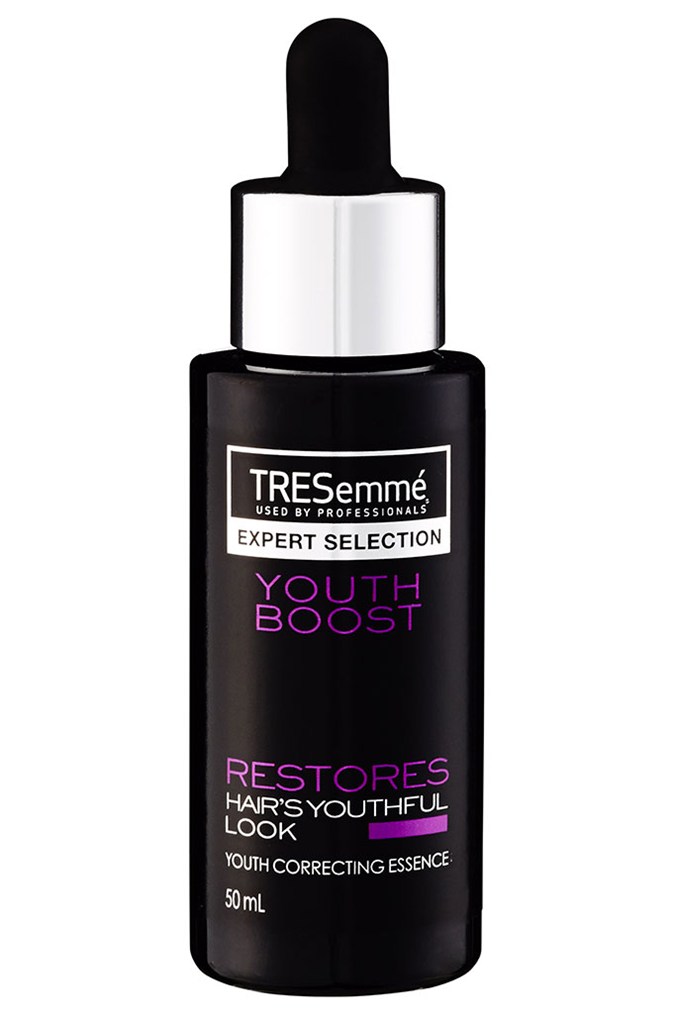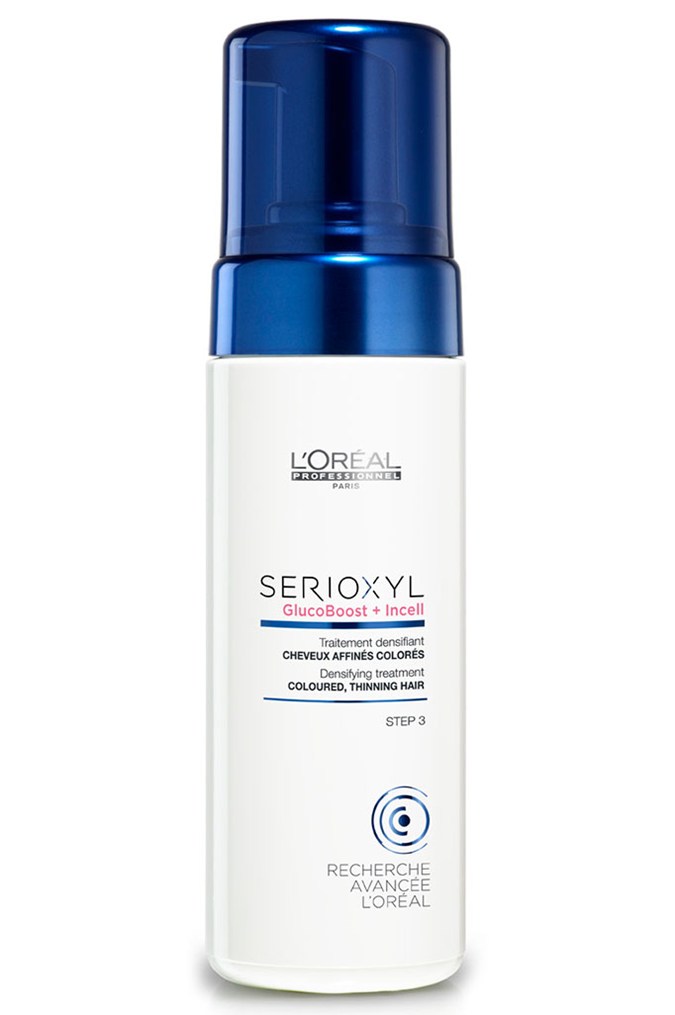What you need to know about thinning hair

The facts and tricks that’ll help keep your locks luscious
The facts and tricks that’ll help keep your locks luscious
When the strands in your brush start to outnumber the ones on your head, it can be quite distressing.
So rather than freaking out and having anxiety about the hairs you keep finding on your shirt, we thought we’d help point out what hair loss is, why it happens, and what you can do to keep your thick, luscious locks.
What hair thinning is
Hair thinning is a reduction in the hair follicle diameter. In terms of what this means for how you can notice it, “Hair becomes finer and lacks bounce, and the scalp becomes visible,” explains Dr Bruno A Bernard, L’Oréal fellow and haircare biology expert. Other tell-tale signs: your ponytail becomes a little thinner, or your hair part appears to be widening.
Why hair thinning happens
“Lack of hair density occurs when the follicles enter a longer dormant phase, after which the hair is simply lost or shed,” says Dr Bernard. “With age, the duration of the growing phase decreases while the duration of the resting phase increases.”
Other factors include lifestyle, pregnancy, hormones, stress, illness, genes and diet.
If you’ve noticed a particularly bad case of hair loss during a stressful period, you’re not alone. Many women go through the same thing, even up to two months after the episode has passed. So why does it happen? “Stress can trigger a shock in the system resulting in short term hair loss,” explains Swisse’s Sherree Bahn. She suggests trying to manage your stress levels by taking some time out, and doing light exercises, like yoga or going for a walk.
Where hair thinning happens
For women, hair thinning occurs around the front hairline and at the top of the scalp, with the back of the head and sides occasionally showing signs of loss. “As the thinning process continues, the midline part begins to widen, and thinning is more visible,” explains Dr Bernard.
The different kinds of hair thinning
Despite having similar symptoms, there are subtle differences between the three main categories of hair reduction:
Hair thinning: The diameter of each strand shrinks, usually around your mid-30s,and hair becomes weaker and finer over time.
Alopecia: This autoimmune disease causes bald patches. “Thinning hair almost always happens before alopecia, and one could consider it a predictive sign,” warns Dr Bernard.
Hair loss: This is when the number of strands shed each day exceeds the norm (around 100–150 strands per day). The hair follicle separates from the scalp, and it’s often the final step in the hair thinning process.
How to treat thinning hair
There are two ways you can help treat your hair loss: lifestyle changes, and looking after your hair.
Lifestyle changes: Your hair needs energy to grow, so it’s important that you maintain your overall health and wellbeing. Committing to regular exercise, making sure you drink enough water, and including seafood, nuts, and dark leafy greens into your diet will go a long way to achieving healthy hair and scalp.
It’s also important to note that for women over 50, a decrease in appetite and physical activity can lead to a reduction in nutrients and vitamin D, which are both essential for scalp health. Some medication, like anticoagulants and antidepressants can also play a factor in your hair loss, so you may need to consult your doctor.
You can also try including supplements into your diet. Some options include silica, a protein that aids collagen formation, which is essential for the hair structure; zinc, an antioxidant that protects against free radical damage (which has been linked to hair loss); and vitamin C, as a lack of it can lead to reduced collagen synthesis.
Hair changes: To maintain the integrity of your hair fibre, keep your scalp clear of chemicals, try reducing heat styling and exposure to chlorine, and avoid brisk brushing and tight hairstyles. It’s also a good idea to use a gentle massaging technique when shampooing your hair.
Toolkit:
Bumble and Bumble Full Potential Hair Preserving Shampoo. The exfoliating cleanser can help preserve strength for less breakage.
TRESemmé Youth Boost Youth Correcting Essence. Inspired by anti-ageing skincare, this is packed with omega 3 and antioxidants to tackle dryness and loss of volume. Apply overnight for an intensive treatment.
L’Oréal Professionnel Serioxyl Densifying Mousse, as part of a kit of three products. This styling-meets-strengthening treatment (patented ingredients stimulate dormant hair follicles to promote growth) is specially formulated for coloured hair.

Bumble and Bumble Full Potential Hair Preserving Shampoo

TRESemmé Youth Boost Youth Correcting Essence

L’Oréal Professionnel Serioxyl Densifying Mousse

A beauty editor and vitamin C fanatic who has worked across a range of print and digital publications, including Stellar, marie claire, Gritty Pretty and Badlands Journal.







